- < Experiment 29
-
Experiment 30 v2
- Experiment 31 >
Playing maths hockey

Can you create a set of maths problems for a mini hockey game?
Purpose
This experiment gives children an opportunity to practise creating and solving maths problems in a fun way.
The child will learn how to play a new indoor game and improve their maths skills.
You need to know
- how to answer simple maths questions
You will need
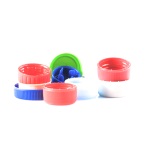
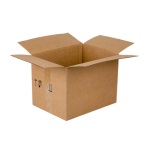
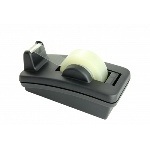
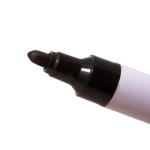
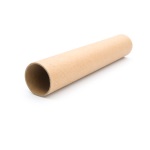




Steps
- Using your pencil and paper, come up with a variety of maths problems. You may also want to include some challenging questions.
- Put some sticky tape on each of the lids and use the marker to write one answer on each piece of tape.
- Cut a hole out of your cardboard box to turn it into a goal.
- Use cardboard removed from the goal to widen one end of each cardboard tube to turn them into hockey sticks.
- Invite friends and family to play Maths Hockey.
- Place the lids at least three metres from your goal.
- Let all the players read the questions before starting the game.
- Pick a referee. The referee will read out questions at random and keep the score.
-
Players take turns to play. The referee reads out a question and the player must try to score a goal with the plastic lid that has the right answer.
You score a point if you score a goal with the correct lid and lose a point if you score a goal with the wrong lid.
- The first player to score ten points is the winner!
Hint
You need the as many questions as there are bottle tops. Make sure all the questions have different answers.
Hint
The tape lets you reuse the lids for different sets of questions.
Keep safe!
Ask an adult to help you with this.
Questions
- How could you make the game more challenging?
Expected answers
-
You could make it harder to score a goal by making the goal smaller or by shooting from further away.
Alternatively, you could make the questions more difficult.
Explore further (optional)
Create some other sets of questions you can use to play the game.
Tips for further exploration
You could create a sets of related questions: one for fractions, one for time problems, and so on.



